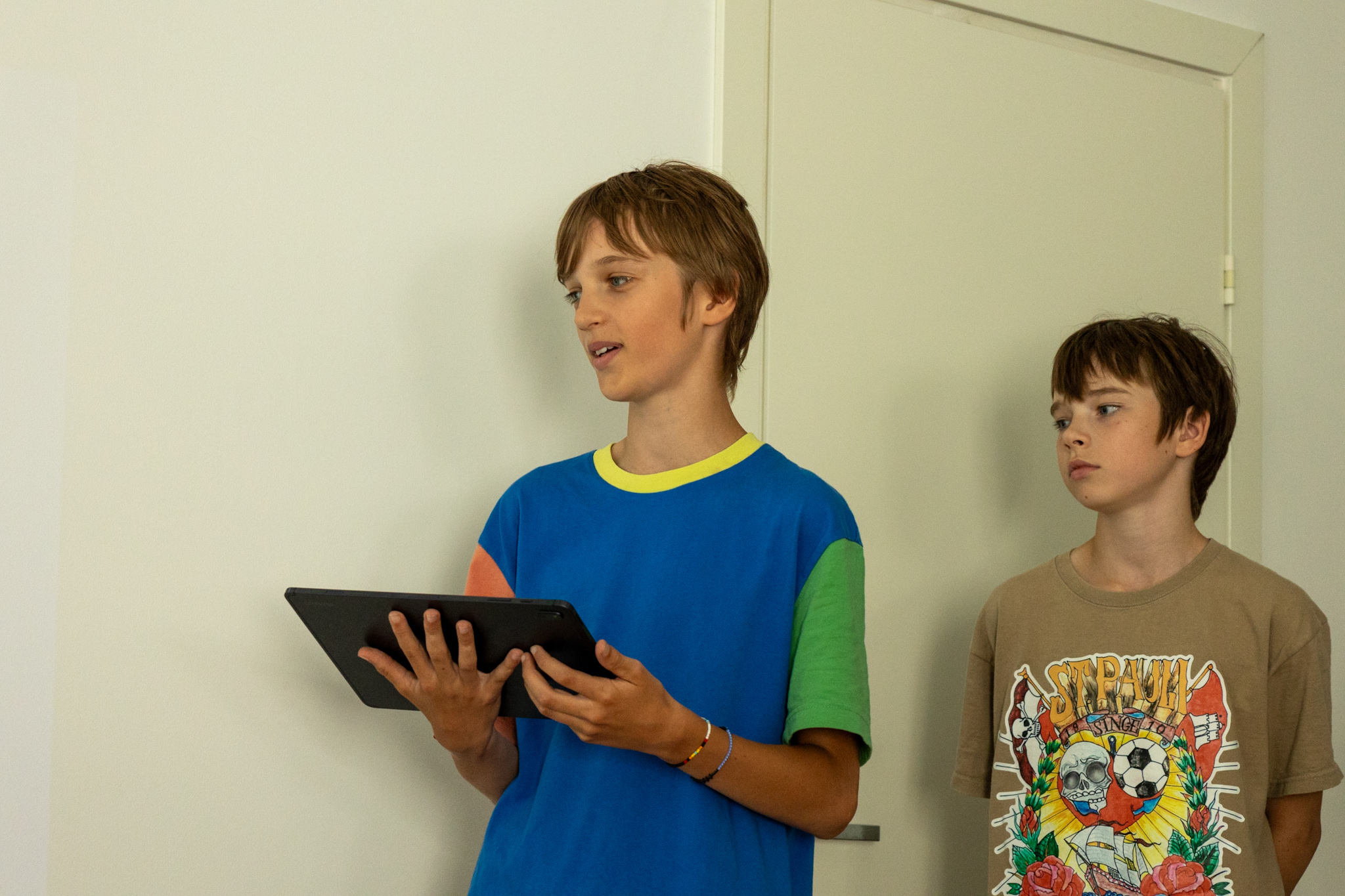3D modeling is a dynamic interdisciplinary field that promotes the development of students’ spatial thinking, precision, and creative expression, while providing foundational knowledge in art, design, and digital technologies. These skills are increasingly important in today’s digital society and can serve as a basis for further education or career choices in STEAM fields.
About the lessons:
Duration – 90 minutes. Each lesson follows a structured three-part approach: it begins with a theoretical introduction and visual demonstration (30 minutes), followed by hands-on work in Blender (50 minutes), where students complete individual tasks. The session concludes with a reflection phase, during which participants present their work, share creative experiences, and receive targeted feedback from the teacher and peers.
Group size:
Maximum of 8 students per group to ensure individual attention. Small group format encourages active participation, allows students to ask questions, receive direct support, and deepen their understanding of the topics being studied.
Technology and equipment:
Lessons are conducted in a modern, well-equipped learning environment with high-performance computers and large Full HD monitors for quality 3D visualization. Each student has an ergonomically optimized workstation with an adjustable desk and a suitable chair, promoting healthy posture and physical comfort during lessons.
Curriculum:
The program is designed according to the developmental characteristics and cognitive abilities of this age group. Tasks are intuitive, exploratory, and creative, providing meaningful learning through hands-on practice. The “Show & Tell” approach encourages communication skills, self-expression, and reflection. The teacher supports students by creating a positive and inclusive learning environment, where mistakes are seen as part of the learning process.
Program content includes:
-
Introduction to the 3D modeling environment: familiarization with the Blender interface and basic functions
-
Creation of simple geometric shapes, combining and transforming them
-
Use of color, materials, and basic textures for visual expression of objects
-
Application of lighting and cameras to create scenes and framing
-
Development of creative mini-projects from concept to visualized result
-
Presentation skills development – demonstrating work, explaining ideas, and giving/receiving feedback


